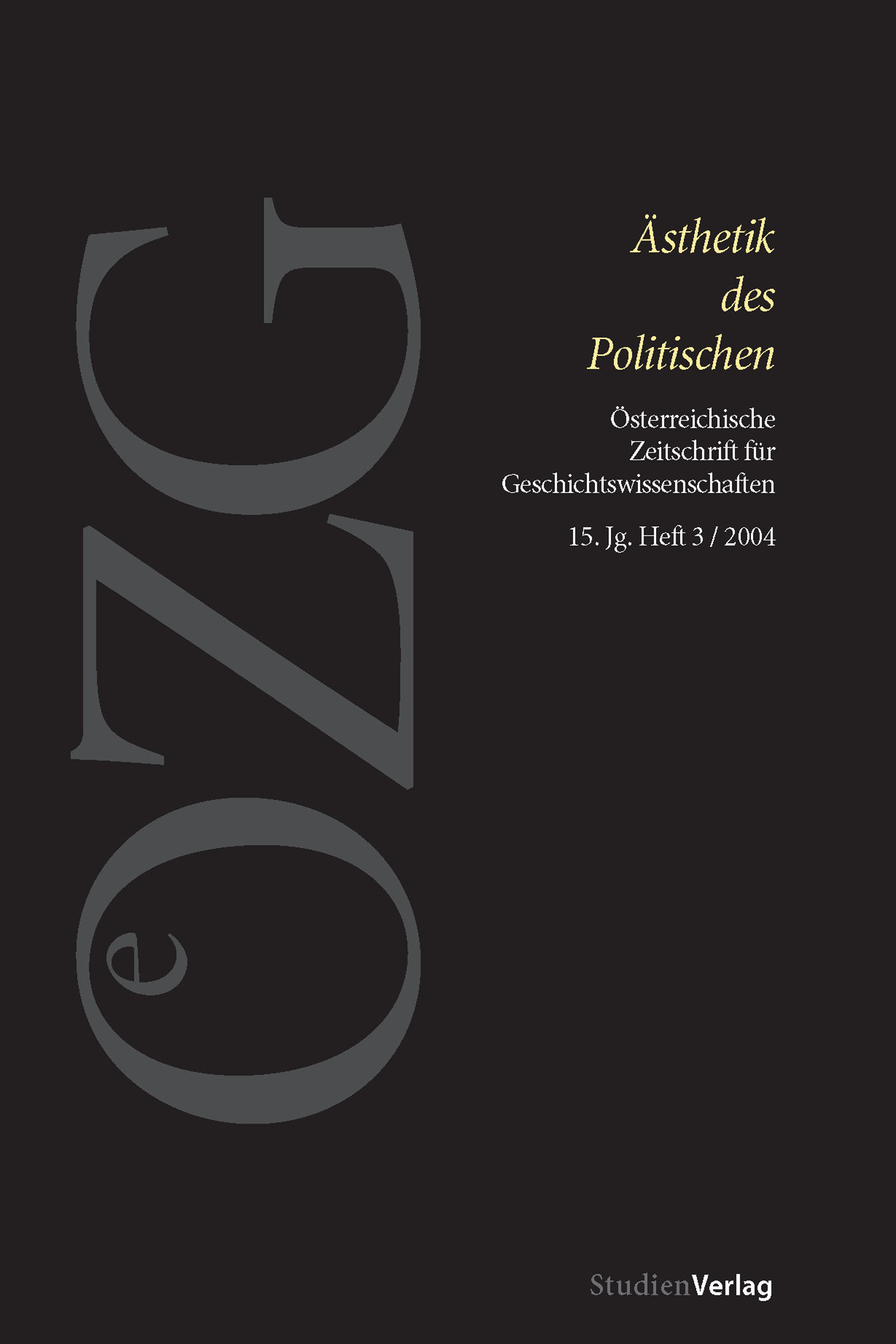Representing Power. Public Space, the Artist, and the Body of the Leader
DOI:
https://doi.org/10.25365/oezg-2004-15-3-6Abstract
With the French Revolution a mutation occurred within what Claude Lefort calls the »symbolic dispositif« of society. The invention of democracy was accompanied by a re-structuring of the symbolic framework within which political action assumes meaning. In Habermas’ terms, a feudal »representational public sphere« was increasingly supplanted by deliberative and, with Arendt, agonal public spaces. This does not imply, however, that questions regarding representation and the aesthetics of political action simply disappeared. What occurred, among other things, was a symbolic re-evaluation of new political actors such as crowds, politicians and leaders. It is imperative to understand, according to Lefort, that within the democratic symbolic dispositif not only the crowd or the masses play a different role (as ›the people‹) but also the professional politician plays an entirely different role from the absolutist monarch, precisely where he is (re)presented as totalitarian leader. It is argued therefore that within the democratic dispositif the symbolic relation between the public, the crowd and the body of the leader has to be rethought with respect to the ›space of appearances‹ in which all political action takes place.


